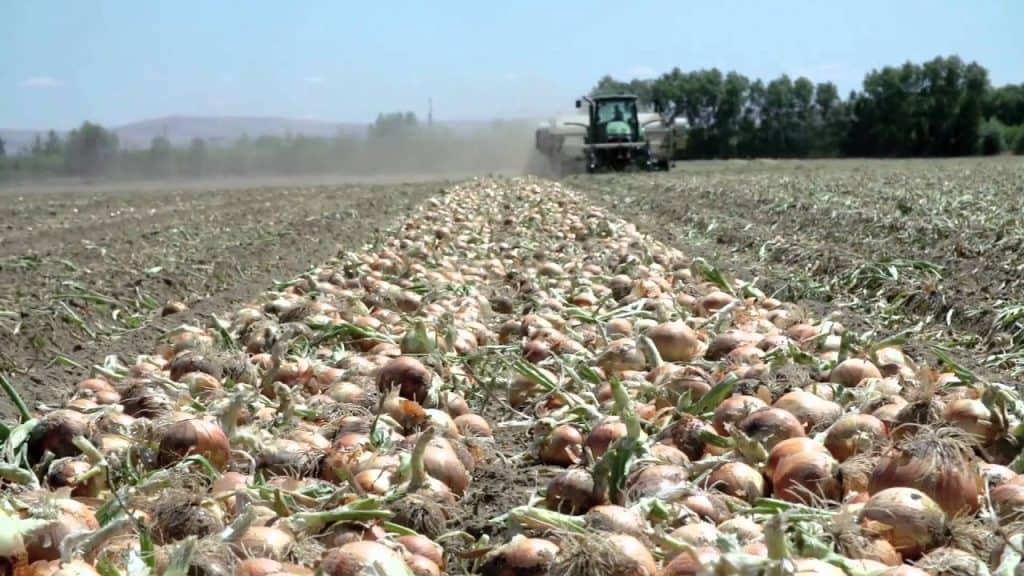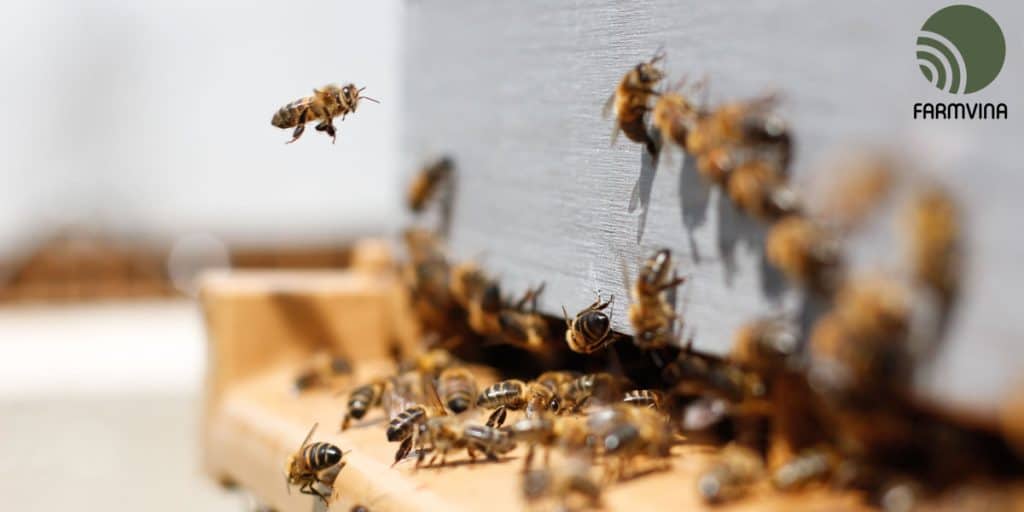Welcome to this comprehensive guide on onion farms. Whether you are a seasoned farmer or just starting out, this article will provide you with all the information you need to successfully grow onions on your farm. From choosing the right location to harvesting and selling your crop, we will cover every aspect of onion farming.
Benefits of Onion Farming:
Onion farming offers numerous benefits, making it a lucrative venture for farmers. Here are some key advantages of growing onions on your farm:
1. High Demand: Onions are a staple ingredient in many cuisines worldwide, ensuring a consistent demand for this crop.
2. Profitability: With proper planning and management, onion farming can be highly profitable due to the high demand and relatively low production costs.
3. Long Shelf Life: Onions have a long shelf life, allowing farmers to store and sell them throughout the year, even during off-seasons.
Choosing the Right Location for Your Onion Farm:
Selecting the right location is crucial for the success of your onion farm. Consider the following factors when choosing a location:
1. Climate: Onions thrive in cool to moderate climates. They require a temperature range of 13-24°C (55-75°F) during the growing season.
2. Soil Drainage: Onions prefer well-drained soil to prevent waterlogging, which can lead to diseases and rotting.
3. Sunlight: Onions require full sunlight exposure for at least 6-8 hours a day.
Soil Preparation for Onion Farming:
Proper soil preparation is essential for healthy onion growth. Follow these steps to prepare your soil:
1. Soil Testing: Conduct a soil test to determine its pH level and nutrient content. Onions prefer a slightly acidic soil with a pH range of 5.5-6.5.
2. Organic Matter: Incorporate organic matter, such as compost or well-rotted manure, into the soil to improve its fertility and structure.
3. Soil Aeration: Ensure proper soil aeration by tilling or plowing the land to break up compacted soil.
Selecting Onion Varieties for Your Farm:
Choosing the right onion varieties is crucial for a successful harvest. Consider the following factors when selecting onion varieties:
1. Day Length: Onions are categorized into short-day, intermediate-day, and long-day varieties based on their response to daylight hours. Choose the appropriate variety based on your location’s day length.
2. Bulb Size: Different onion varieties produce bulbs of varying sizes. Consider market demand and your target audience when selecting the bulb size.
Planting and Transplanting Onions:
Proper planting and transplanting techniques are essential for healthy onion growth. Follow these steps:
1. Seed Selection: Choose high-quality onion seeds from a reputable supplier.
2. Seedbed Preparation: Prepare a seedbed by loosening the soil and removing any weeds or debris.
3. Planting: Sow the seeds directly into the seedbed or start them indoors in trays for later transplanting.
Proper Irrigation Techniques for Onion Farms:
Onions require adequate irrigation for optimal growth. Follow these irrigation techniques:
1. Watering Schedule: Onions require regular watering, especially during dry periods. Aim for 1-1.5 inches of water per week.
2. Drip Irrigation: Consider using drip irrigation systems to provide a consistent water supply while minimizing water wastage.
Fertilization and Nutrient Management for Onion Crops:
Proper fertilization and nutrient management are crucial for healthy onion growth. Consider the following:
1. Soil Testing: Conduct regular soil tests to determine nutrient deficiencies and adjust your fertilization plan accordingly.
2. Nitrogen Application: Onions require a steady supply of nitrogen throughout their growth cycle. Apply nitrogen-based fertilizers in split doses.
Weed Control in Onion Farms:
Weed control is essential to prevent competition for nutrients and water. Follow these weed control techniques:
1. Mulching: Apply organic mulch, such as straw or wood chips, around the onion plants to suppress weed growth.
2. Hand Weeding: Regularly inspect your onion farm and manually remove any weeds that may have sprouted.
Pest and Disease Management in Onion Farms:
Protecting your onion crop from pests and diseases is crucial for a successful harvest. Consider the following management techniques:
1. Pest Identification: Identify common onion pests, such as onion thrips and onion maggots, and implement appropriate control measures.
2. Disease Prevention: Practice crop rotation, use disease-resistant onion varieties, and maintain proper sanitation to prevent diseases like onion downy mildew and white rot.
Harvesting and Storage of Onions:
Knowing when and how to harvest onions is essential to ensure their quality and shelf life. Follow these steps:
1. Harvesting Time: Harvest onions when the tops have dried and fallen over. Avoid harvesting during wet conditions.
2. Curing and Storage: Cure harvested onions in a well-ventilated area for 2-3 weeks to allow the outer layers to dry. Store them in a cool, dry place with good air circulation.
Marketing and Selling Your Onion Crop:
Successfully marketing and selling your onion crop is crucial for profitability. Consider the following strategies:
1. Local Markets: Sell your onions directly to local markets, grocery stores, or restaurants.
2. Online Platforms: Utilize online platforms and social media to reach a wider customer base.
Conclusion:
Congratulations! You now have a comprehensive understanding of onion farming. By following the guidelines provided in this article, you can establish a successful onion farm and reap the benefits of this profitable crop. Remember to continuously educate yourself on the latest farming techniques and stay updated with market trends to maximize your success in the onion farming industry. Happy farming!
Originally posted 2023-07-20 09:03:59.





